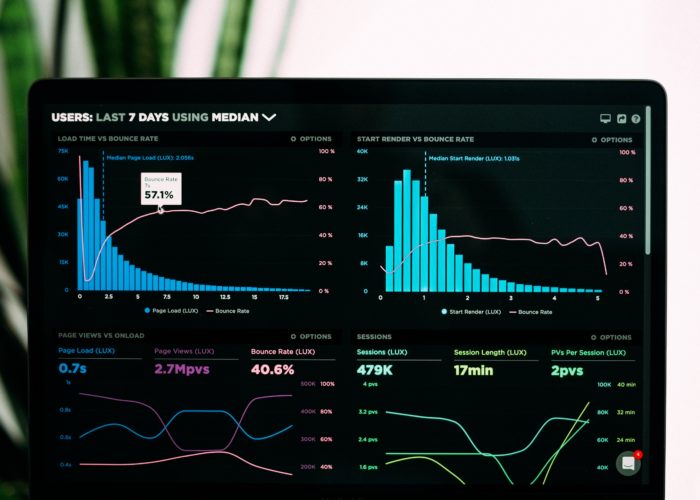
The Power Of UI
User Interface (UI), not to be confused with User Experience (UX), though both are vital to website usability, is one…
1) You are not gathering new and engaging content for your target audience.
It is very important to keep your website active in order to increase organic traffic. The main reason organic traffic is declining is because constant content is not being updated.
Here are some quick tips when generating content:
2) Your website does not have enough backlinks.
Backlinks are a big part of the method Google uses to determine how high a website will rank. Backlinks that are needed should be from legitimate sites that are not paid for. The best way to build great backlinks is to post high quality content which gives the audience a reason to link back to your site.
3) Your website uses Black Hat SEO.
Black Hat SEO is the use of aggressive SEO strategies which focuses on search engines and not a human audience. It is also the process of using unethical and even illegal tactics. By using Black Hat SEO you may get banned from some search engines as it does not comply with some search engine guidelines.
4) Competition.
There is a lot of competition to reach the top. Unfortunately, there is no way you can pick and choose your competitors. Some advice, to you, is to find out what competitors are doing in your area and do something opposite to this; whether it’s blog posts, a service or a gallery. This will ensure you do not directly ‘hit’ your competitor and you may even attract desired attention from doing this.
5) Google has not indexed your website yet.
If your website is fairly new, do not panic if your website is not coming up. It takes 2-3 weeks for a search engine to update search results if your website is new and does not have any inbound links. All websites are scanned automatically by Google over a long period of time. However, if you have added multiple changes to your website you can use ‘Google Webmaster tools’ to tell Google to recrawl your URLs.
6) Your website has a noindex tag.
A noindex tag is a meta tag which can be added to the HTML code of a webpage to tell search engines not to include that page in its list of search results. If you have a noindex tag written into code, it will need to be removed in order for it to be seen.
7) Your website is not optimized for search engine crawling.
Google has spiders which crawl the web (ha, get it?…took me a while too). Once your website is submitted to a search engine, a spider is sent to crawl your site. Spiders scan your site for meta content, keywords, and relevant content. You can tell the spiders what not to look at as it may not be relevant. For example, a client portal.
8) Your website has been removed from Google.
If Google feels like you have not met their guidelines, they will remove your site. Here are different ways Google can remove your site from search results:
If your site has been removed by Google, it may be possible to fix the issues and re-list your site. However, this is not possible in some cases so get in touch and we will investigate this further.
9) You are blocking search engines from crawling your site.
On WordPress, there is a built-in feature that allows you to instruct search engines to not index your site. It automatically enables when you launch a new WordPress site and it is important you disable it.
To disable it, you need to:
There is also the option to block certain pages from being crawled by search engines. To do this:
10) Your keyword market is highly competitive.
After you have identified that your website has been crawled and indexed, getting the search results that you want is what comes next. It takes a lot of time but it is definitely a worthwhile process to go through.
A keyword, for your website, can be a single word, 4-5 words or a short phrase. It is important that your keyword/s is specific and relevant to what your website is about as this will direct your target audience in the correct direction.
In order to boost your website traffic, target a less competitive keyword market to gain the highest attention of your consumer.

User Interface (UI), not to be confused with User Experience (UX), though both are vital to website usability, is one…

When it comes to design, specifically web design, it can be difficult to decide what success looks like. The best…

The internet is a crowded market place and half the battle is ensuring your target customers can find your eCommerce…